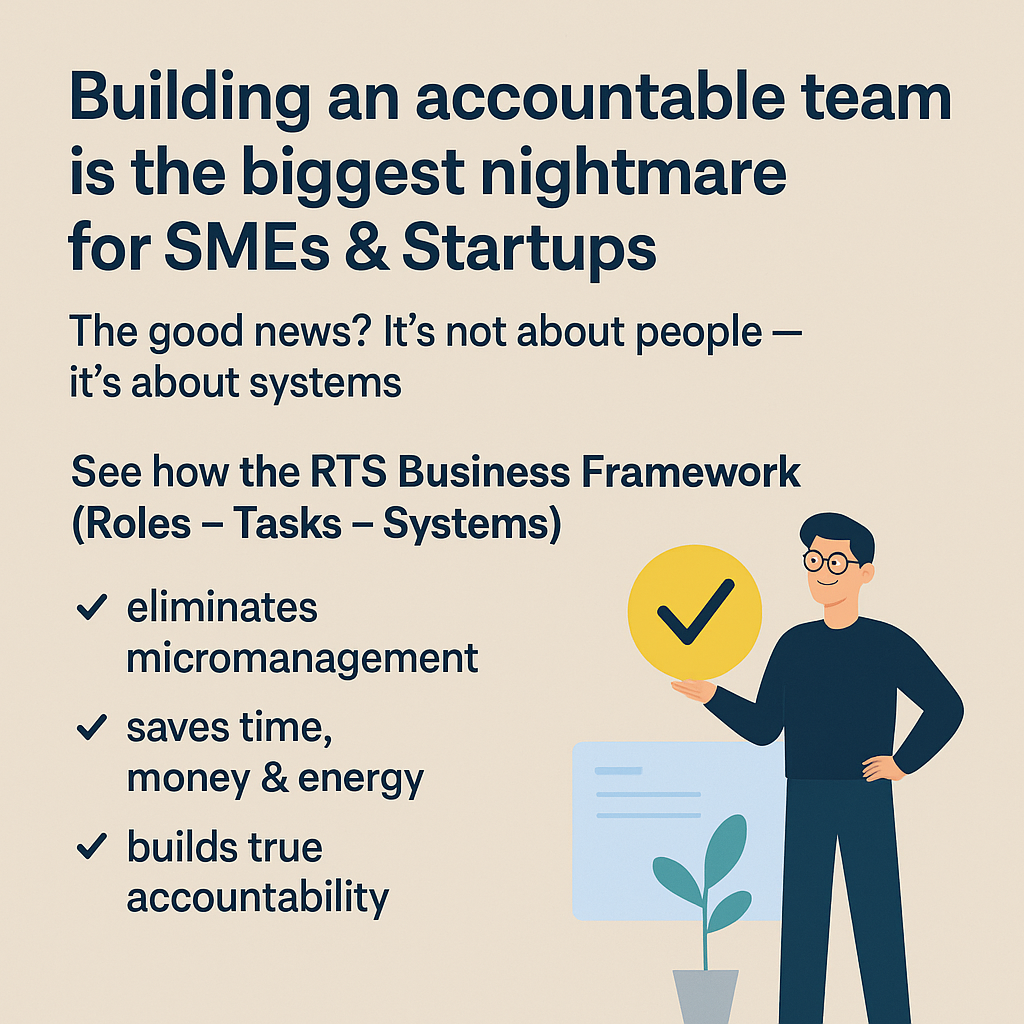Effective SOP Documentation
This is very critical part of automation & helps to build effective culture & best practices in the process.
SOP documentation, or Standard Operating Procedure documentation, is a critical aspect of business operations. SOPs are detailed, step-by-step instructions that outline how specific tasks or processes should be performed within an organization. They serve as a reference guide for employees, ensuring consistency, efficiency, and compliance with effective protocols.
There are few steps are mentioned below for brief understanding but detailed notes & highly effective SOPs are made as discussed with business owner & team for organisation growth.
Identify Processes: Start by identifying the key processes or tasks within your organization that require SOP documentation. These could include routine operational procedures, safety protocols, quality control measures, customer service standards, or regulatory compliance requirements.
Define Objectives: Clearly define the objectives and purpose of each SOP. What is the desired outcome or goal of the process? What are the specific criteria for success? Understanding the objectives will help ensure that the SOPs are designed to achieve the desired results.
Document Procedures: Document each step of the process in a clear, concise, and sequential manner. Use a standardized format that includes headings, subheadings, bullet points, and numbered lists to organize the information effectively. Be specific and detailed, providing sufficient guidance for employees to follow without ambiguity.
Include Visual Aids: Whenever possible, incorporate visual aids such as flowcharts, diagrams, screenshots, or photographs to enhance understanding and clarity. Visual aids can help simplify complex procedures and provide additional context for employees.
Provide Examples and Templates: Include examples, templates, or sample documents to illustrate the proper execution of the procedures outlined in the SOP. This can help employees visualize the expected outcome and understand how to apply the instructions in real-world scenarios.
Clarify Roles and Responsibilities: Clearly define the roles and responsibilities of individuals involved in the process. Identify key stakeholders, decision-makers, and points of contact, and specify their respective duties and accountabilities within the SOP.
Ensure Compliance: Ensure that SOPs are aligned with industry standards, regulatory requirements, and organizational policies. Review relevant regulations, guidelines, and best practices to ensure that the procedures outlined in the SOPs are compliant and up-to-date.
Review and Approval: Before finalizing SOP documentation, conduct a thorough review and validation process. Solicit feedback from subject matter experts, stakeholders, and front-line employees to ensure accuracy, completeness, and practicality. Once reviewed, obtain approval from appropriate stakeholders or management before implementing the SOPs.
Training and Communication: Communicate the SOPs to all relevant employees and provide training on their implementation and use. Ensure that employees understand the purpose of the SOPs, know where to access them, and are trained on how to follow the procedures effectively.
Regular Updates and Maintenance: SOP documentation should be regularly reviewed, updated, and maintained to reflect changes in processes, technology, regulations, or best practices. Establish a process for documenting revisions, tracking version history, and ensuring that employees have access to the most current SOPs.
By following these steps, organizations can create comprehensive and effective SOP documentation that improves operational efficiency, standardizes processes, mitigates risks, and promotes consistency and compliance across the organization.




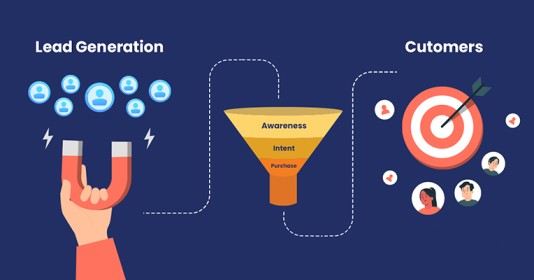



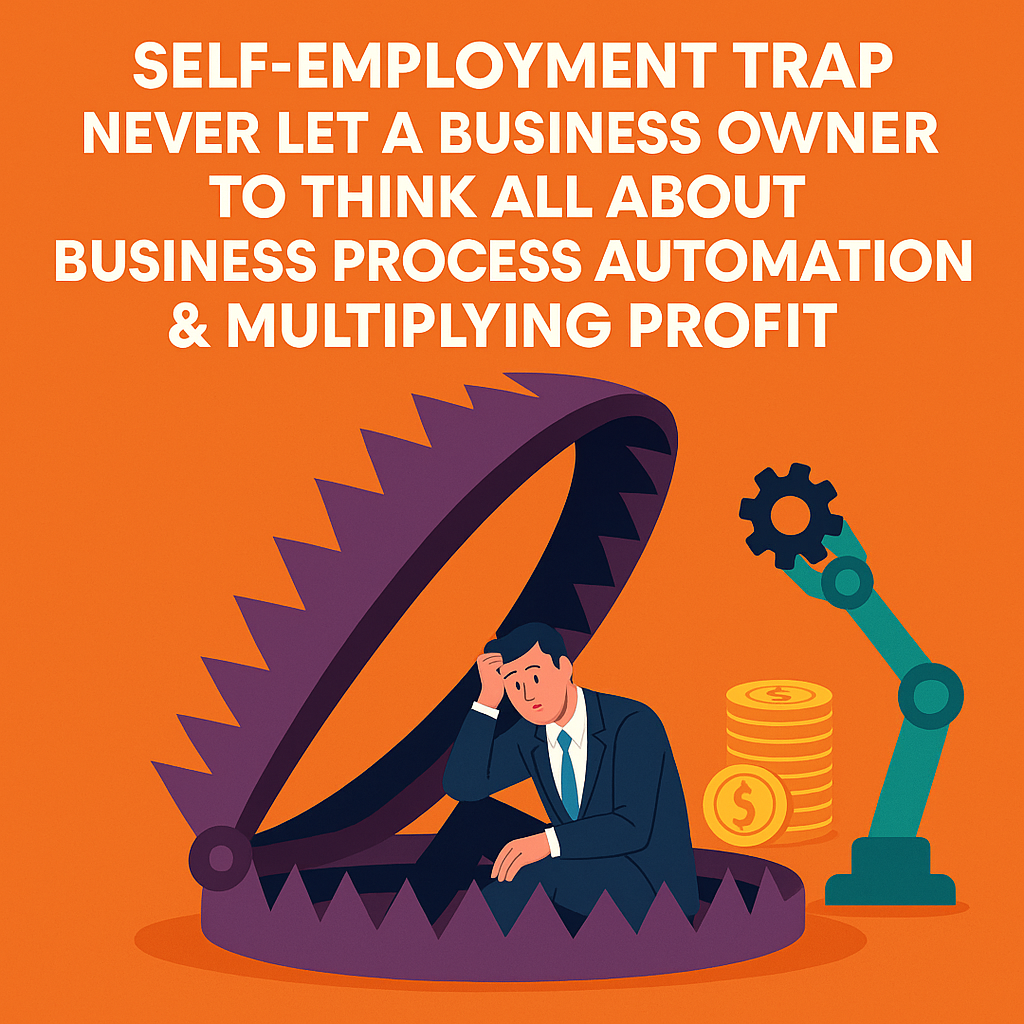

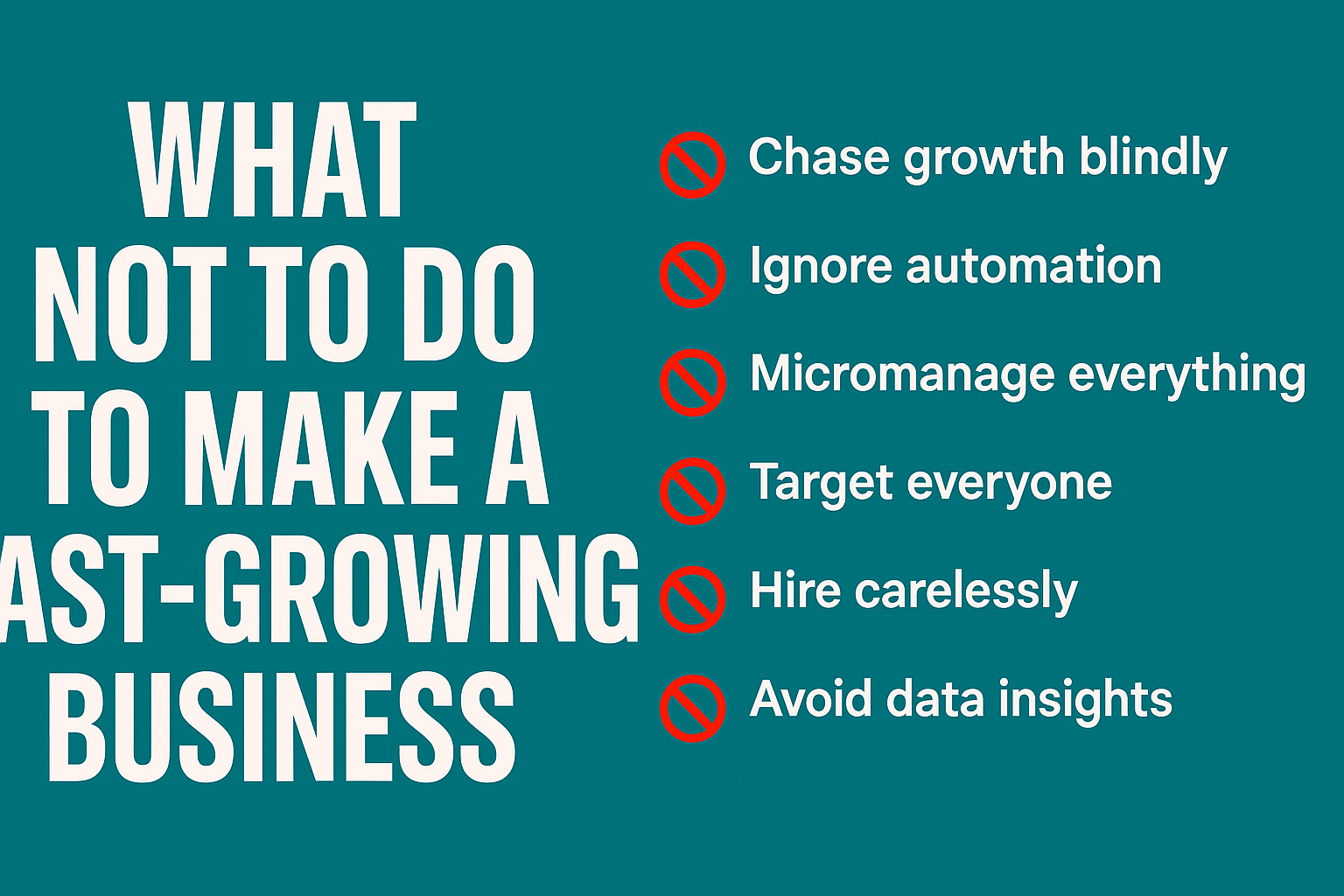



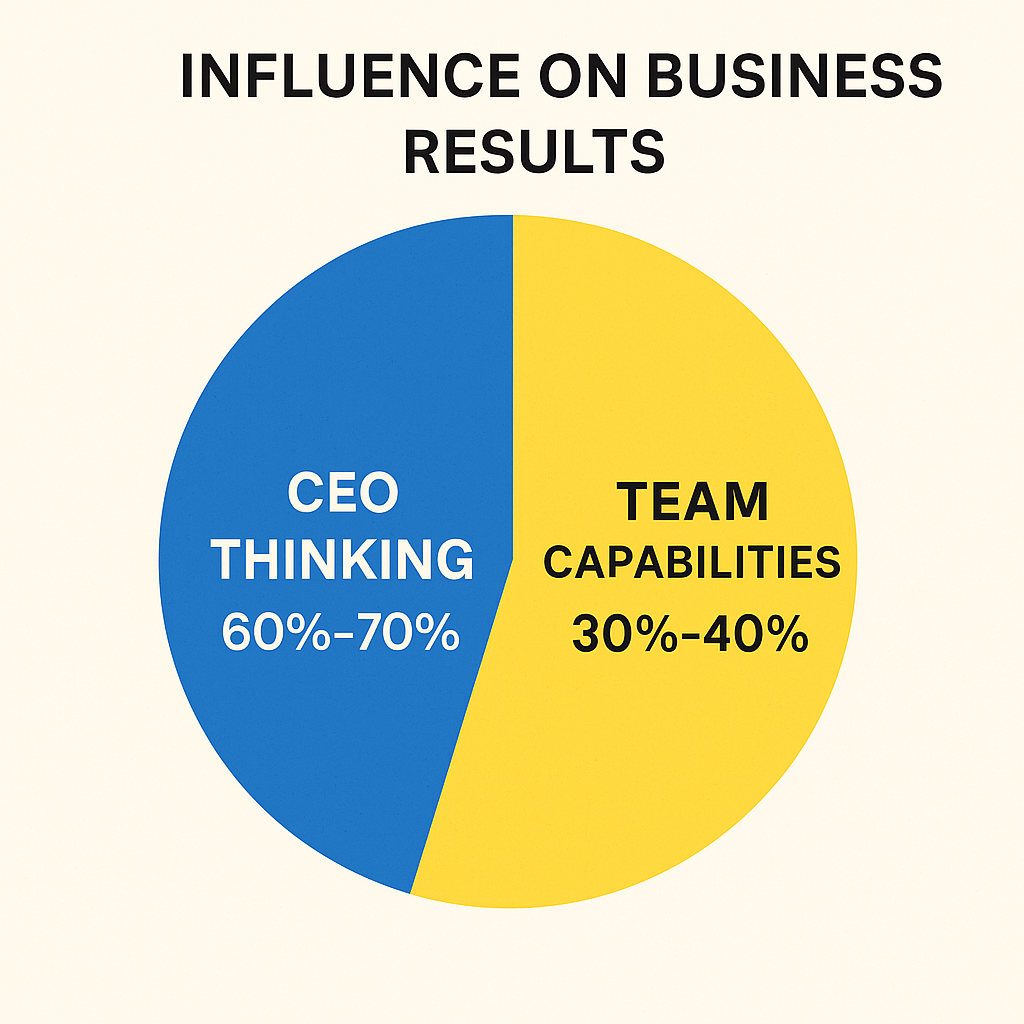





.png)

